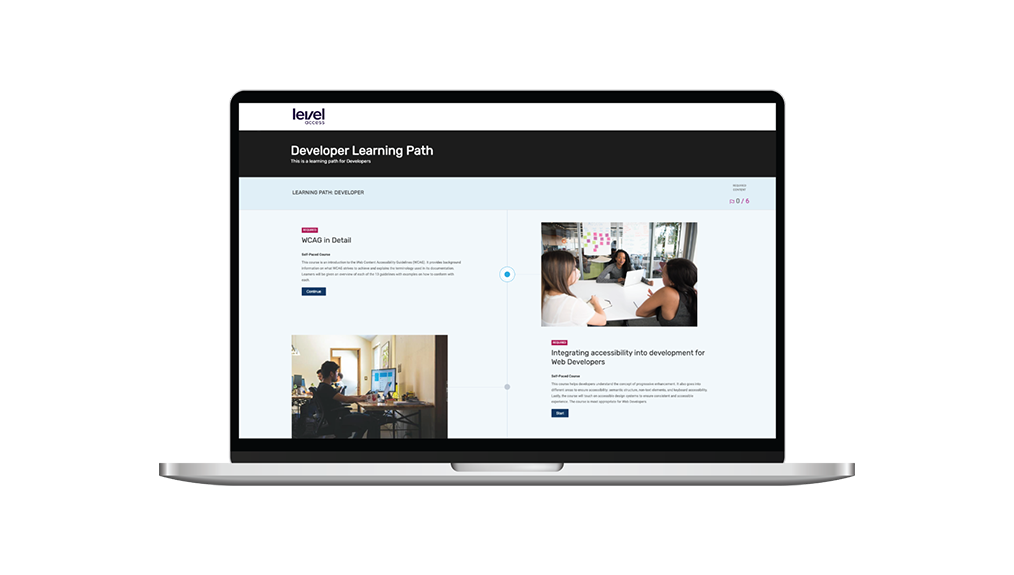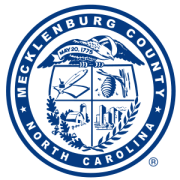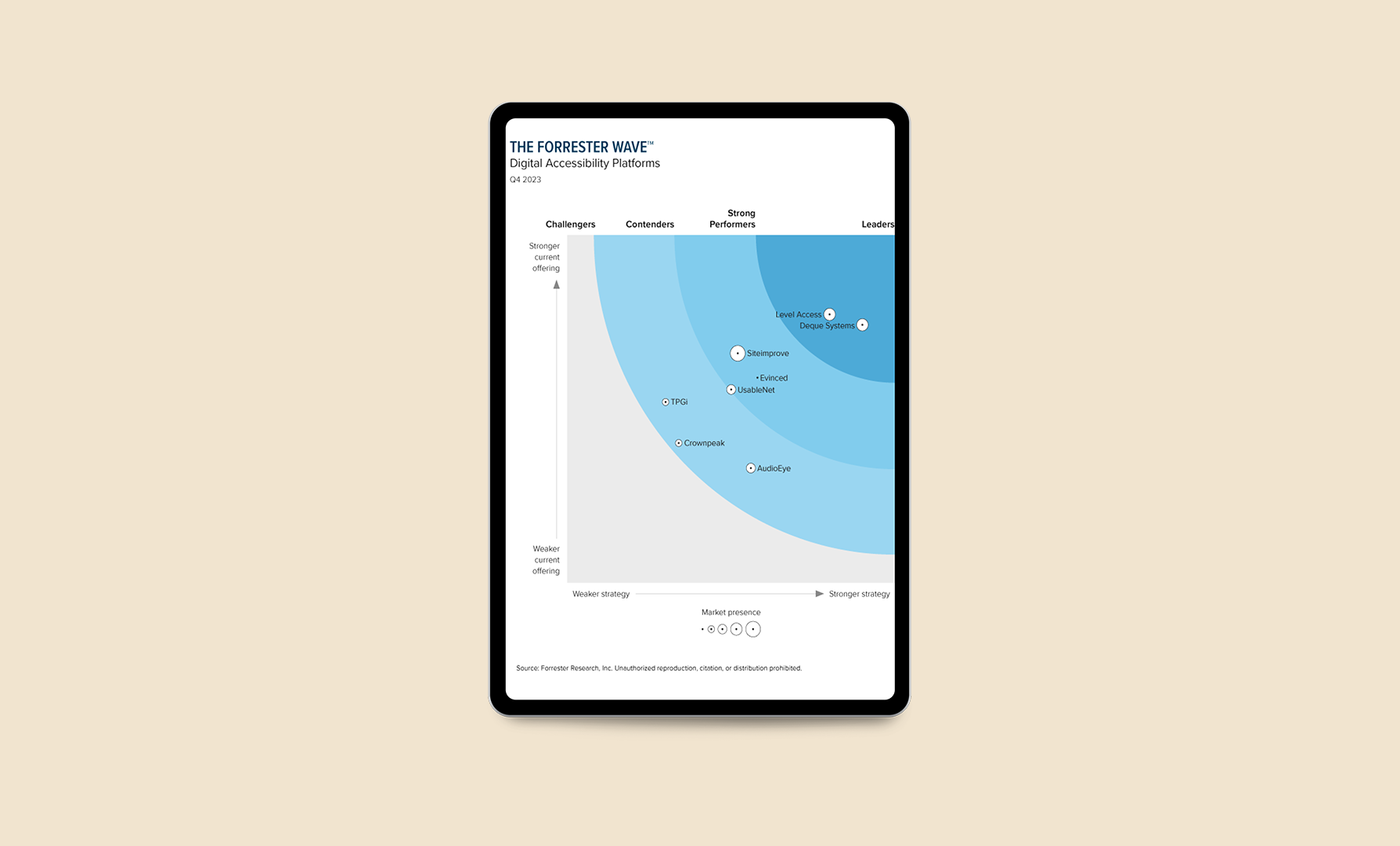Accessibility for the Public Sector
Sustain compliance, champion inclusion
In the public sector, prioritizing digital accessibility is key to staying ahead of regulatory changes. But accessibility isn’t just about meeting compliance obligations—it’s also about providing equitable experiences for all constituents. We bring more than two decades of experience enabling government agencies at the federal, state, and local levels, along with countless educational institutions, to create and maintain accessible, inclusive, and compliant digital experiences.
The only FedRAMP authorized digital accessibility solution
We offer the only digital accessibility solution cleared for security by the U.S. federal government’s Federal Risk and Authorization Management Program (FedRAMP). For federal agencies, our FedRAMP authorization means there’s less red tape to navigate when you partner with us, and more time to focus on what matters.


Federal agencies
Simplify Section 508 compliance with the market’s only FedRAMP authorized digital accessibility solution.
State and local governments
Provide equitable experiences for all constituents and stay on top of ADA Title II requirements, along with a surge in state and local accessibility laws.
Educational institutions
Follow through on your commitment to inclusion and meet your Section 504 and ADA compliance obligations.
Minimize hours, maximize impact
Our hybrid approach combines an advanced platform with comprehensive education and support, equipping public sector organizations to achieve meaningful results without burning resources.
Training
Education is key to effective digital accessibility. We offer live and self-paced role-specific accessibility training through our Academy, so your teams can hone their accessibility knowledge and skills on their own schedule.

Program management
Whether you’re launching or scaling your accessibility practice, our experts will provide the strategic guidance you need to make sustainable progress. From policy development to establishing governance models, we’ll keep you on track to meet your goals.

Scalable support
Our team is your team. We offer unlimited support so you can quickly troubleshoot challenges without worrying about extra fees or paperwork.

Featured resources
In-depth insights, learning, and guidance from the industry’s most experienced team.
Your partner for lasting accessibility and compliance
Ready to make your commitment to accessibility stick? Connect with a member of our expert team today to start your journey to ongoing, sustainable digital accessibility and stay on top of your compliance obligations.














